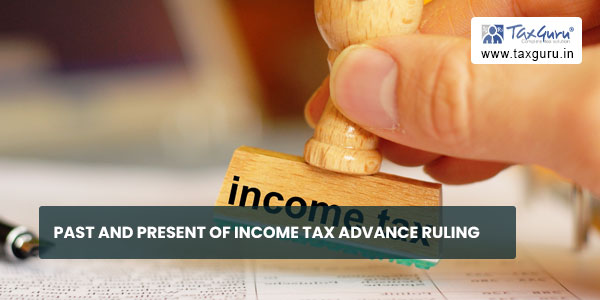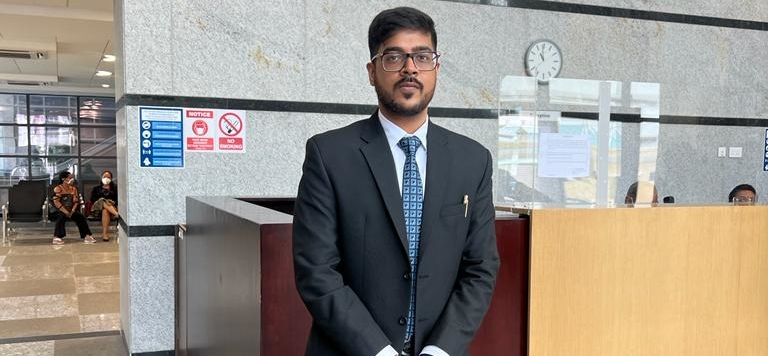Advance Ruling was a concept roughed on in early 1970s recommended by Wanchoo committee introduced through Chapter XIXB Income Tax act via finance act,199 and from sections 245N to section 245V. The concept of advance ruling is a common institution in Europe and western countries, and the primary objectives for AAR was firstly to reduce litigation, secondly promote stability and certainty in business transactions and finally to promote financial stability as per the CBDT circular issued in 1993 and the ruling by AAR is binding both towards applicant and AAR.
Initially AAR had a scope limited to non-residents however later it was applicable to residents too. AAR has now also been incorporated in GST. Under the meaning of section 245N(b) , an application to AAR can be made by a non-resident, resident in respect to transaction undertake/proposed with non-resident, a resident falling within any such class or category of person as the central govt specify, a resident or non-resident who makes an application under section 245Q91) in respect of impermissible avoidance arrangement, a resident in relation to a tax liability of a transaction valuing 100cr or more.
AAR has the power to determine tax liability through the determination of fact or question of law. However AAR cannot rule if application is
1) Already pending before income-tax authority or appellate tribunal ,
2) It involves fair market determination of any property,
3) If it relates to a transaction or issue which is prima facie evidence of tax avoidance. Fees with regard to such application in case of non-resident(Form 34C), applicant is resident and transaction with non-resident (Form 34D), public sector resident company (34E), resident with transaction more than 100cr ( 34DA), application for ruling in respect to impermissible avoidance agreement(34EA). One should note application can be withdrawn within 30 days from the date of the application.
AAR is required to always state the reason if application is rejected and cannot pass a non-speaking order of dismissal. AAR has to issue ruling within 6 months of the application , this fast tracked ruling was the purpose AAR was designed.
In FY 2009-10, the number of applications received by AAR was in two digits, which under FY 2010-11 crossed three digits up until 2013-14. Showing the mass acceptance of AAR and recognition of its authority. However in 2014-2015 applications received were again down to two digits., the primary reason is disposal rate of AAR which was 80% in 2006-07 , which came down to 6% in 2010-11 and 7% in 2014-15, therefore the pendency of applications under AAR is increasing year by year.

AAR’s website shows that from FY 2010-11 to FY 2018-19 , AAR didn’t give any ruling for 45 months., although it is required by AAR to furnish ruling under 6 months in actual scenarios it is taking more than three to four years, therefore the business lobby doesn’t rely on AAR for tax certainty as it is too slow. The primary reason for such slow disposal is non-function because of vacancy of members. Although Govt allows AAR to appoint as many members as they wish, however AAR cannot establish Quorum, neither AARs website gives dates of appointment and tenure of AAR members, moreover as AAR cannot produce a ruling without chairman, and vacancy in such office leads to even slower disposal rates. Moreover although the ruling is binding both on the applicant, if the ruling isn’t liked by the applicant, it simply goes to SC through SLP or HC to appeal , which destroys the very nature for which AAR was developed , i.e. Certainly and reduced litigation.





